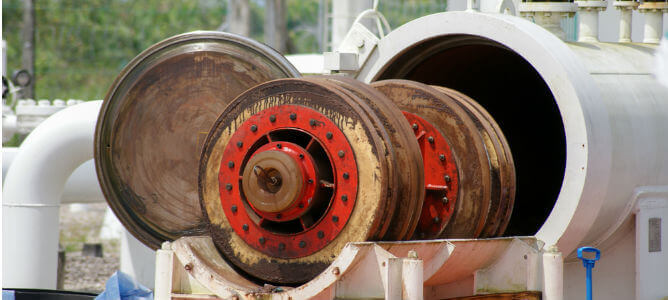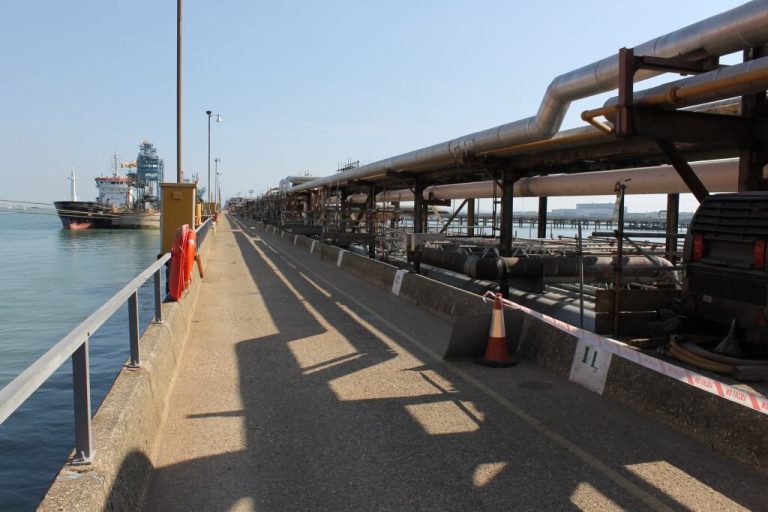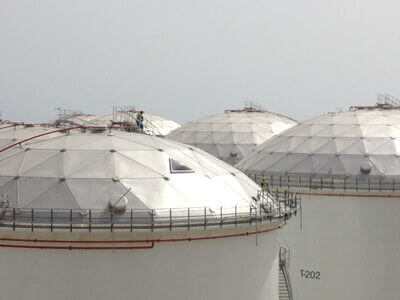Introduction Pigging is a crucial operation in the oil and gas industry, involving the use of devices known as “pigs” to clean, inspect, and maintain pipelines. This process ensures the efficient and safe transportation of hydrocarbons by minimizing downtime and preventing leaks.
Types of Pigs
- Cleaning Pigs: These are designed to remove debris, wax, and other deposits from the pipeline walls. Regular cleaning prevents blockages and maintains flow efficiency.
- Inspection Pigs (Intelligent Pigs): Equipped with sensors, these pigs gather data on the pipeline’s condition, identifying corrosion, cracks, and other structural issues. This non-destructive testing method is critical for integrity management.
- Sealing Pigs: Used to isolate sections of a pipeline for maintenance or to manage flow in cases of leaks or repairs.
Pigging Process
- Launch: The pig is introduced into the pipeline through a launch facility.
- Travel: The pig is propelled by the flow of the product in the pipeline. The design of the pig allows it to navigate bends and variations in diameter.
- Receive: Once the pig reaches the designated endpoint, it is captured in a receiving facility for retrieval.
Benefits of Pigging
- Improved Efficiency: Regular pigging maintains optimal flow rates, reducing energy consumption and operational costs.
- Preventative Maintenance: Early detection of potential issues minimizes the risk of leaks and ruptures, enhancing safety and compliance with environmental regulations.
- Extended Pipeline Life: By keeping pipelines clean and identifying structural issues early, pigging can extend the lifespan of assets.
Challenges
- Operational Costs: While pigging is beneficial, it requires investment in equipment and maintenance.
- Technical Limitations: Not all pipelines are suitable for pigging; factors like diameter changes and complex geometries can hinder pig movement.
- Environmental Concerns: Managing the waste generated from pigging operations is essential to minimize environmental impact.
Conclusion Pigging is an integral practice in the oil and gas sector, enhancing the reliability and safety of pipeline operations. Continuous advancements in pig technology, including smart pigs, promise further improvements in inspection capabilities and operational efficiency. As the industry faces growing regulatory and environmental pressures, effective pigging strategies will play a pivotal role in ensuring the sustainable transportation of oil and gas resources.




